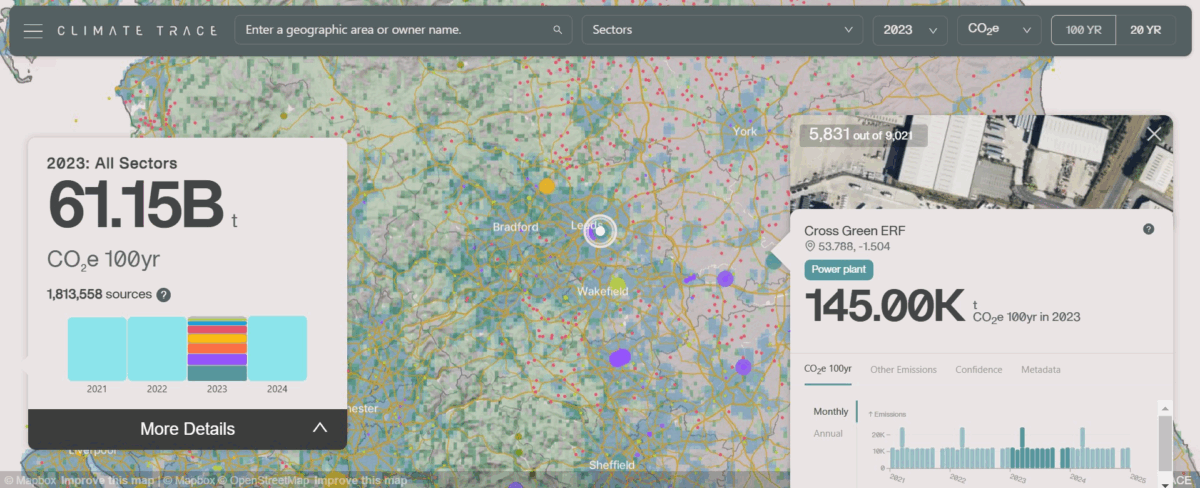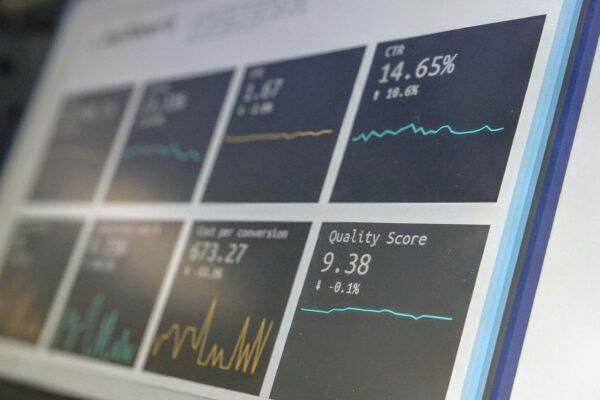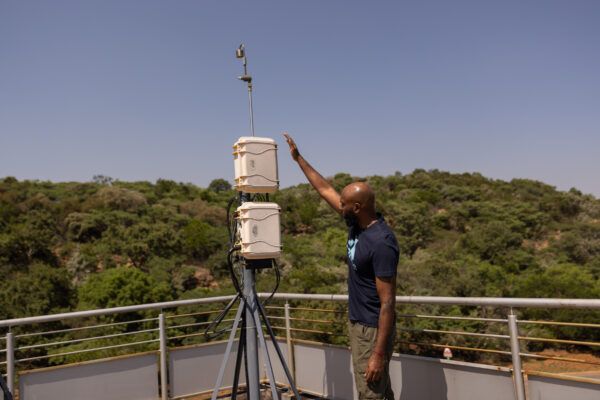Why do we need open data?
Imagine having no idea what’s in the air you breathe. This is the reality for many communities worldwide. But it doesn’t have to be this way.
Open data – information that anyone can freely access and use – is transforming how we understand and tackle air pollution. When cities and countries make their air quality data public, remarkable things happen.
Public access to air quality data empowers people to make real change. When policymakers can see clear evidence of pollution hotspots, they can create targeted regulations that work. And when communities have hard data showing who’s polluting their air, they can push for accountability. With open data, researchers can develop better pollution control technologies and strategies, leading to cleaner air for everyone.
But the gap between data-rich and data-poor communities is widening. High-income countries and privileged neighbourhoods in cities can afford air quality monitoring, while the more disadvantaged places tend to have little or no data. This perpetuates a cycle of environmental inequality.
The US Environmental Protection Agency’s AirNow platform makes comprehensive air quality data available to everyone. It’s sparked a wave of positive changes – from groundbreaking research to practical smartphone apps that help people plan their outdoor activities. This shows what’s possible when we make air quality data open and accessible.
Air quality data accessibility issues
Air quality data is primarily collected through monitoring stations equipped with devices and sensors that measure pollutants like particulate matter (PM2.5 and PM10), nitrogen dioxide (NO₂), and ozone (O₃). While higher income countries tend to boast extensive networks of monitoring stations, many lower income nations don’t have the necessary infrastructure or resources for comprehensive monitoring.
Often when data is collected, it is not publicly available due to governmental restrictions, bureaucratic hurdles, or a lack of technological platforms for sharing the information.
Data is often fragmented or stored in formats that are not user-friendly, making it difficult for researchers, policymakers and the public to access or understand the information. This significant barrier means the extent of air pollution’s impact on communities isn’t understood.
Clean Air Fund supports a programme of open data initiatives making air quality data more accessible, operable across systems, and actionable by people.
1. Facilitating access to open air quality data
OpenAQ’s global platform shares raw air quality data to calculate air pollution levels in local contexts. The data is crucial for scientific research, policy formulation, and community advocacy. Open AQ also produces the only global assessment of how national governments produce and share air quality data with the public. The most recent report finds that only 27% of the countries offer fully transparent air quality data.
2. Enhancing satellite sensing
Satellite remote sensing has proven pivotal in estimating spatiotemporal distributions of air pollution, which is particularly valuable in regions with scarce ground-level air quality information, such as countries in the Global South.
To bridge knowledge gaps in global particulate matter (PM2.5) concentrations, Surface Particulate Matter Network (SPARTAN) is a global network that measures fine particulate concentrations. SPARTAN’s publicly accessible data enhances remote sensing by satellites and supports governments’ air quality management.
3. Comprehensive emissions tracking
Climate TRACE leverages satellites and other remote sensing technologies to identify and monitor where greenhouse gas (GHG) emissions come from. For the first time, their database also includes information on non-GHG air pollutants, aiming to become the world’s largest single source of emissions. Their inventory provides emissions data for every country, state/province, and major individual sources of emissions worldwide.
Many countries or states either lack emission inventories or have outdated ones. Climate TRACE addresses this gap by providing high-level information on emissions at both the country and state levels. This data serves as a critical starting point for understanding pollution sources and taking meaningful action.

4. Adapting sensors for African contexts
Lower-cost air quality sensors are a crucial part of improving air quality in Africa, where many countries don’t have expensive ‘reference-grade’ sensing stations. Most lower-cost sensors are designed and produced in Global North countries for their geographic conditions.
The air quality Sensor Evaluation and Training Centre for West Africa (Afri-SET) enables the effective use of low-cost air quality sensors in Africa through comprehensive testing, calibration and capacity building. Afri-SET ensures that policymakers, government employees, scientists and residents can access knowledge and best practices on using low-cost sensors. They also help calibrate the sensors for African contexts to ensure they are most effectively deployed.
5. Establishing an open-source data management system
Organisations worldwide are increasingly deploying air quality measurement devices. A range of data formats and fragmented management approaches have made the integration and use of air quality data increasingly complex. Managing data is also time consuming and expensive.
Organisations are investing heavily in building their own bespoke data management system (DMS). This means efforts are being duplicated across multiple entities and diverting attention from immediate air quality initiatives. An open-source DMS would allow everyone to utilise and develop the same system, efficiently handling the increasing volume and diversity of air quality data generated by hybrid and low-cost sensor networks.
Natural Resources Defense Council, Open AQ and Sonoma Tech are developing an open-source DMS prototype to make understanding data more accessible and cost-effective, enabling communities and organisations with fewer resources to act.


